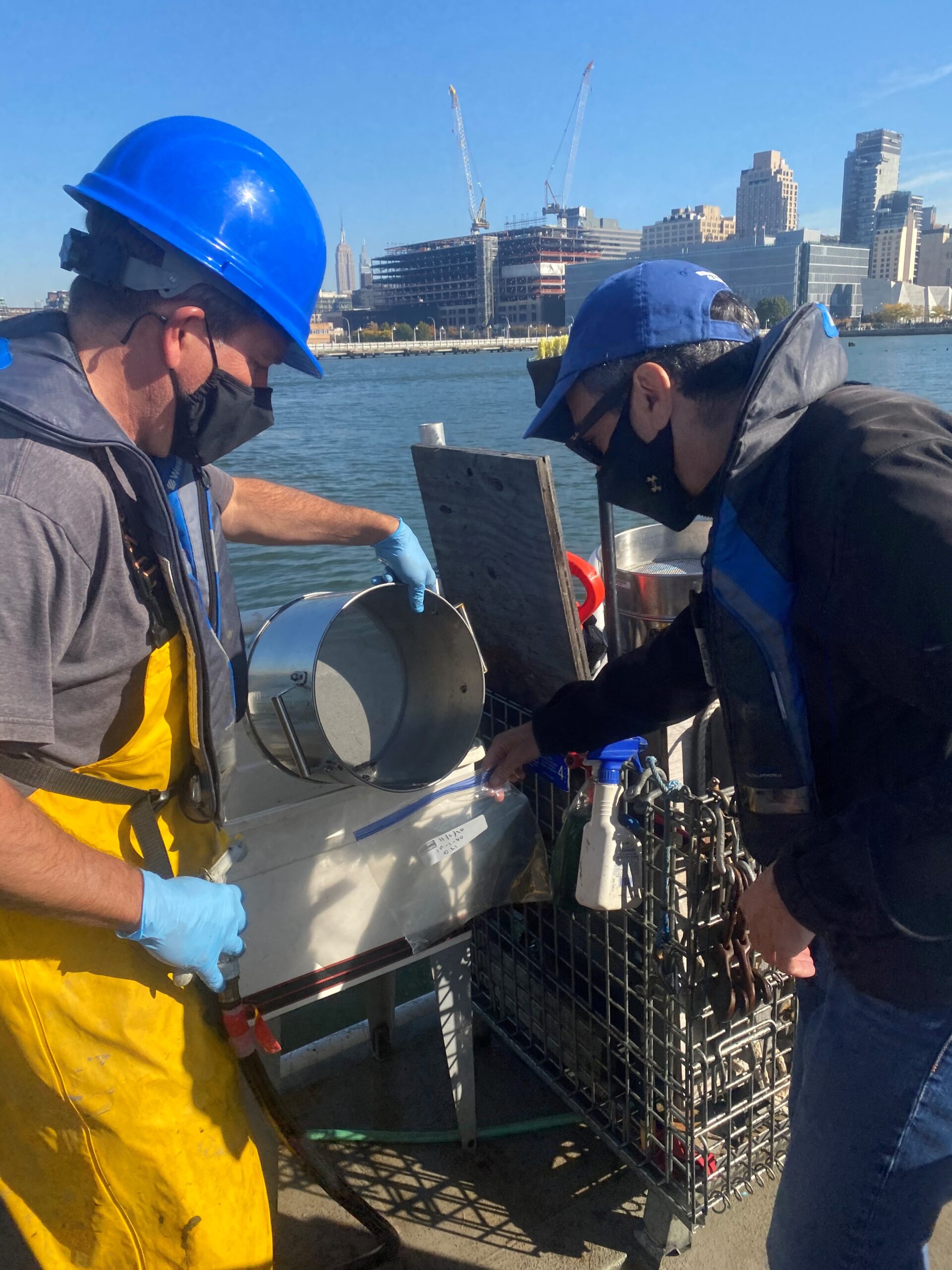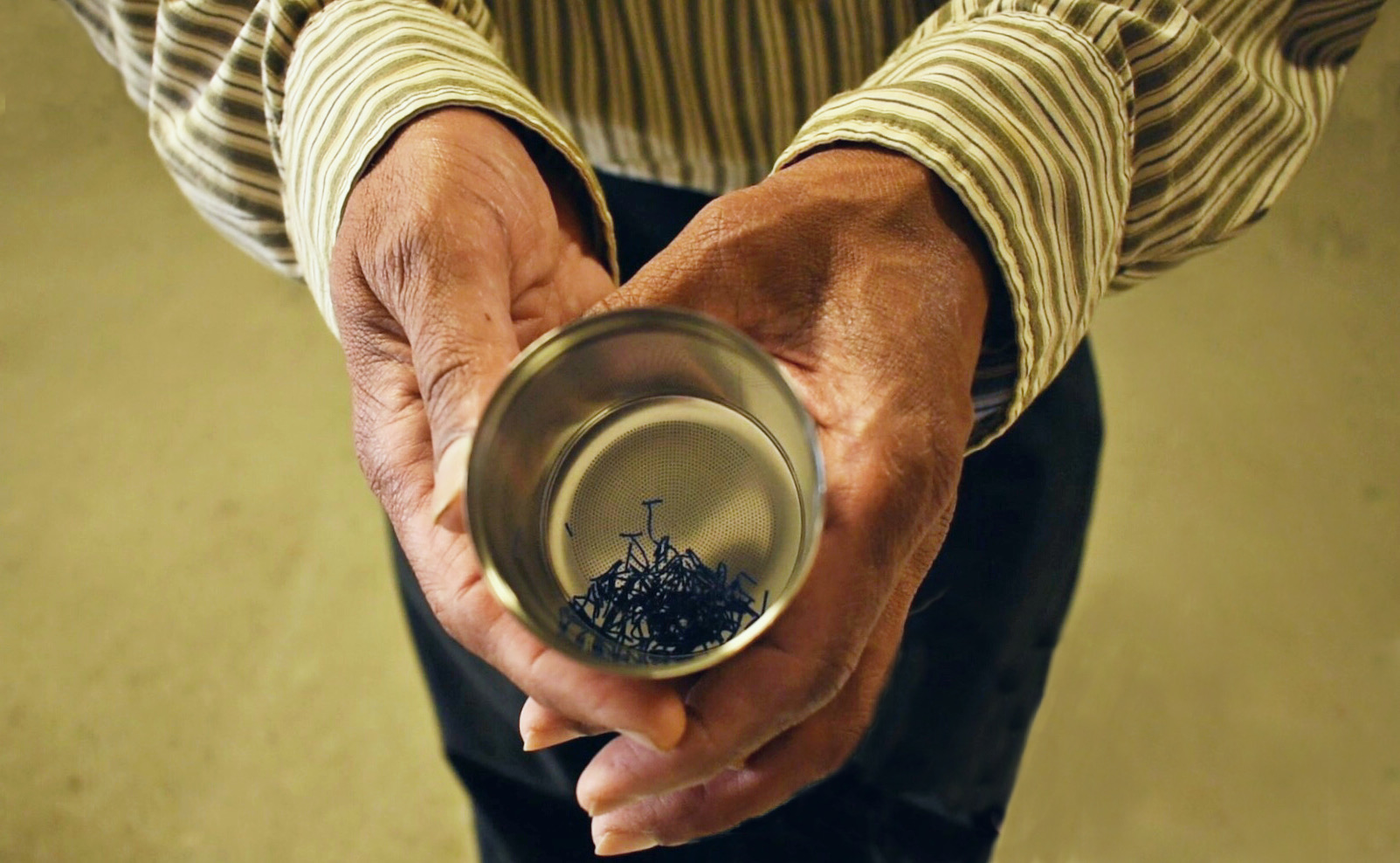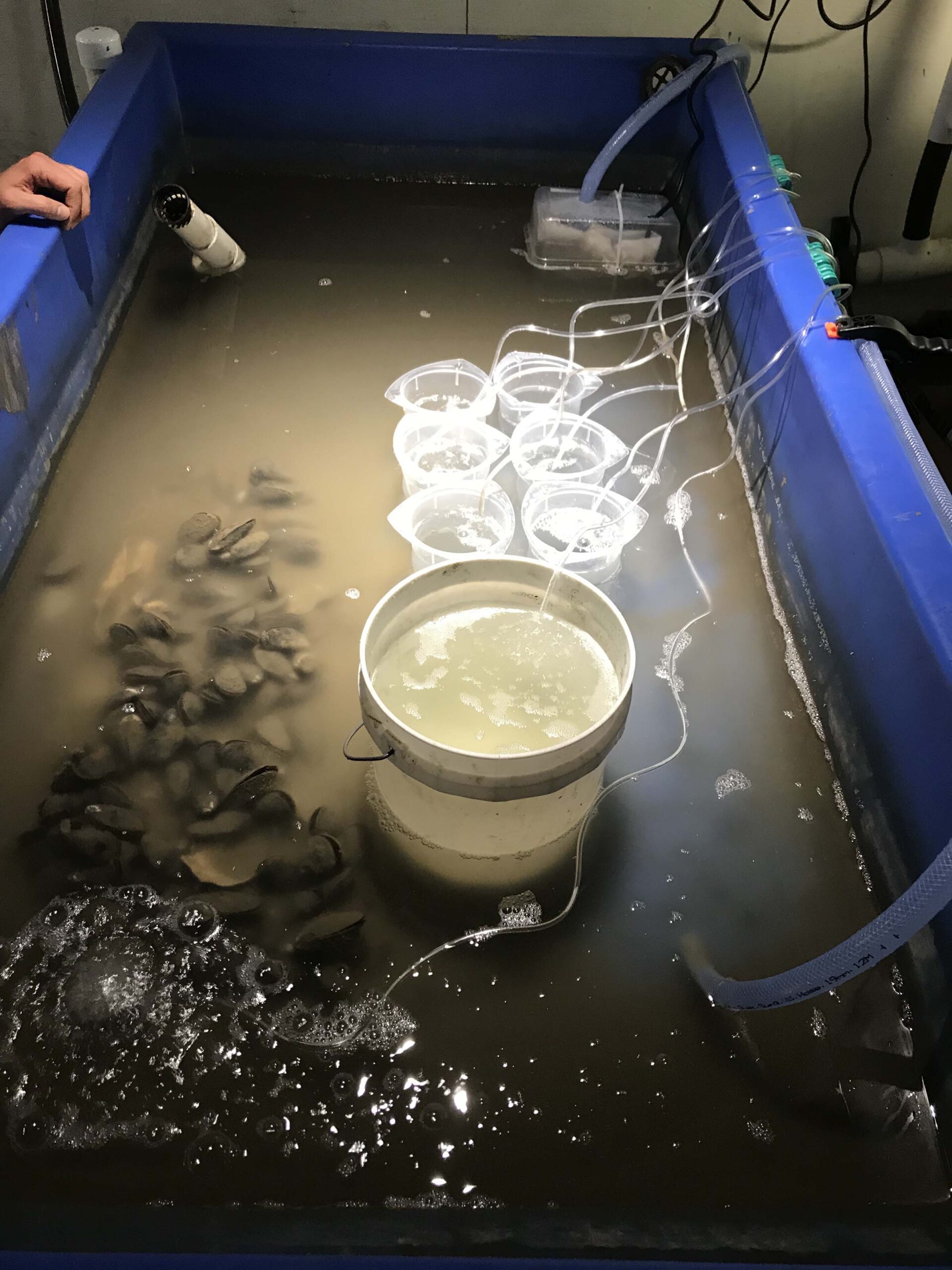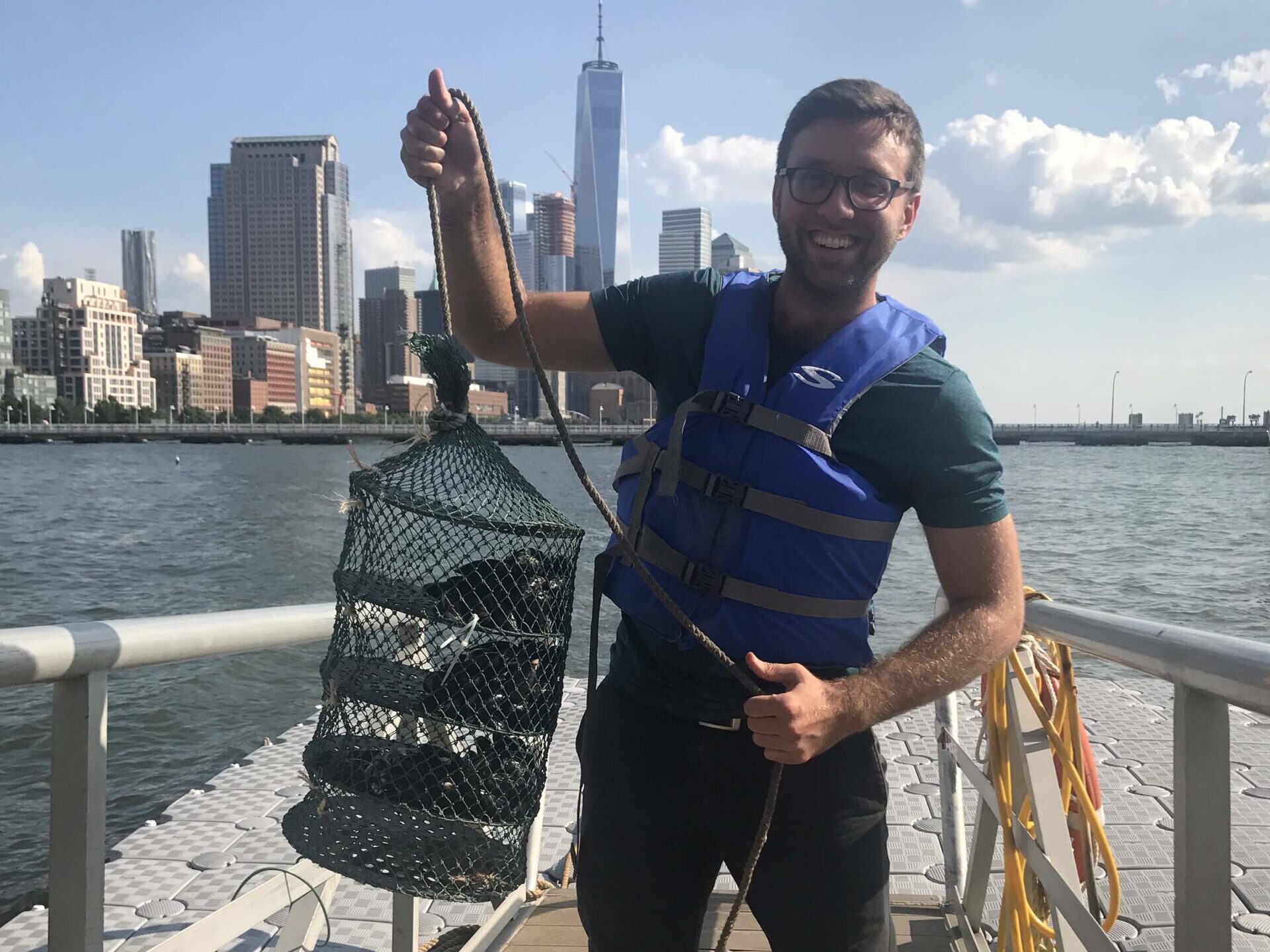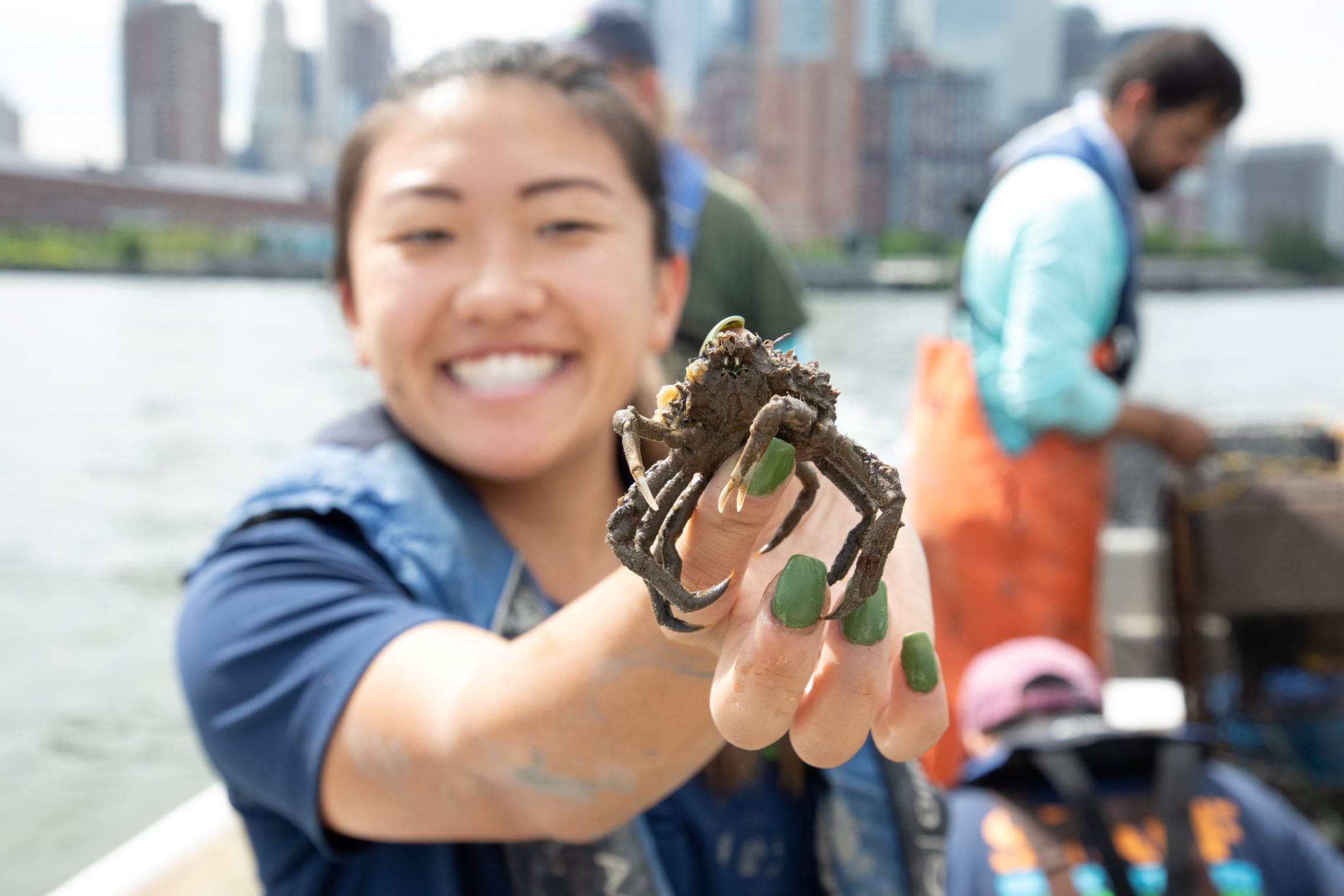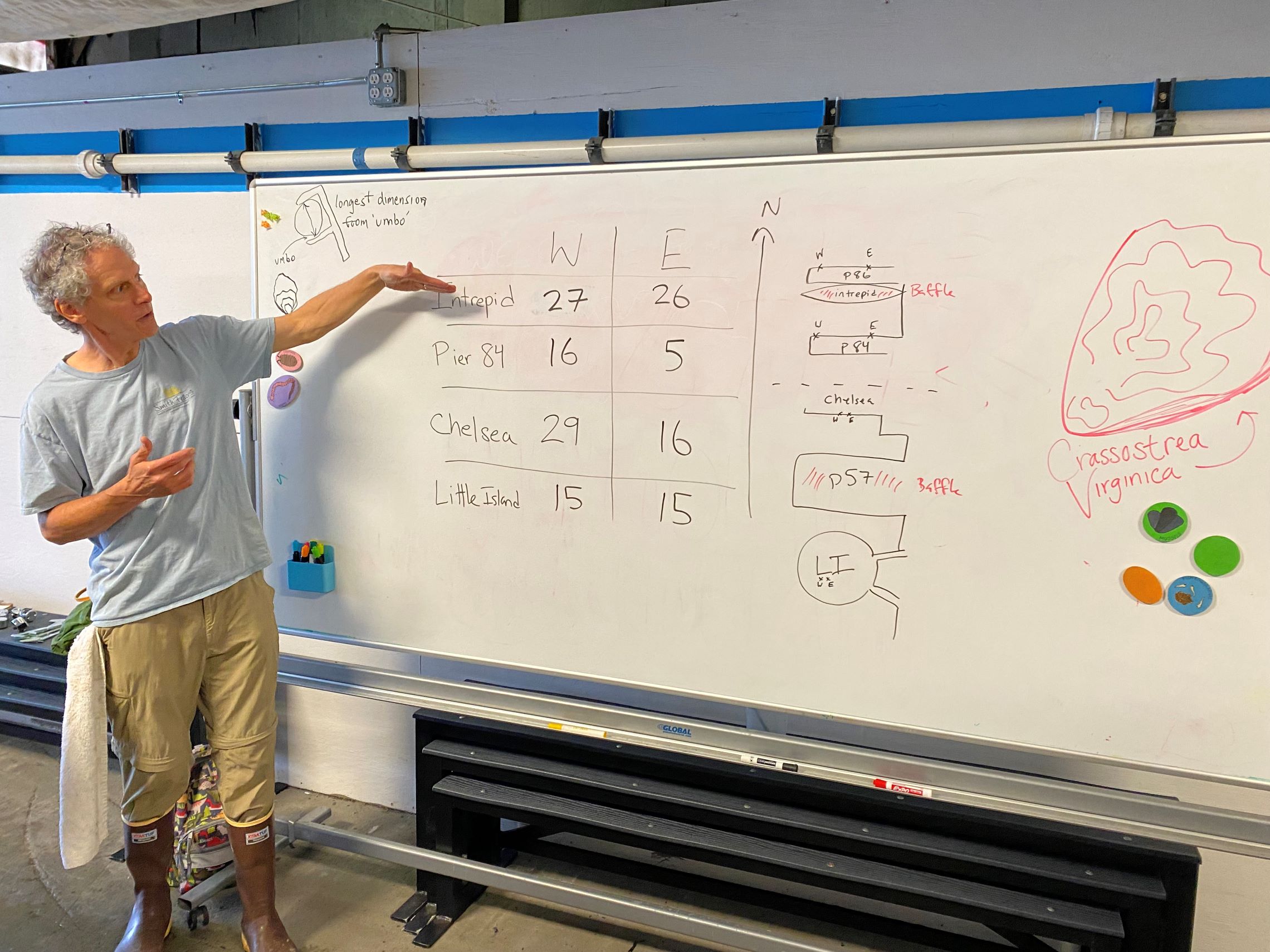Hudson River Park invites academic institutions, researchers and industry scientists to conduct research that furthers scientific understanding of the Lower Hudson Estuary.
Visiting Scholars can apply to become research partners to utilize Park facilities and resources. As partners, Visiting Scholars contribute to applied research that advances River science and conservation. Your research will also be incorporated into Park programs and curriculum to share findings with our greater community.
PROGRAM OVERVIEW
Hudson River Park has an ongoing commitment to facilitating Estuarine Sanctuary research. The Visiting Scholars program has the potential to help meet the research, data analysis, and resource management goals outlined by the Park’s Estuarine Sanctuary Management Plan. Examples of current research included in the management plan include:
- Climate Change & Resilience
- Wetland & Nearshore Habitat Enhancement
- Water Quality & Modeling
- Terrestrial Ecology & Land Management
- Sustainability & Stewardship
Through collaboration with the Park to pursue these and other subjects, Visiting Scholars can advance estuarine research, inform management decisions and improve the health of the Park’s Sanctuary waters. The Trust will share research priorities with interested scholars to focus projects and help the Park and regional partners answer their most pressing questions. See more details in the links below.
PARK RESOURCES
The Park offers Visiting Scholars a variety of facilities, habitats, instruments and logistical support to better and more easily conduct research.
Facilities
- Pier 40 Wetlab with flow-through aquaria
- Pier 57 classroom & digital gallery
Estuarine Habitats
- Pier 26 Tide Deck
- Oyster Enhancement Features
- Habitat Garden
- Gansevoort Salt Marsh (online fall 2023)
Instruments
- Continuous USGS weather & water quality sensors
- Pathogen & eDNA processing labs
- Underwater video equipment
- Microplastic, plankton and water sampling equipment
Other
- Fish collection gear
- Various datasets
- Floating dock access
- Park vessel & Captain
To further explore research ideas and partnerships, please contact [email protected].
FEATURED COLLABORATORS

Piling Epibenthic Communities
Dr. Allison Fitzgerald (New Jersey City University) initially conducted pier piling biodiversity surveys between 2019 and 2021 and is continuing to study epibenthic species assemblage on oyster enhancement features as part of the Tribeca Habitat Enhancement Project and with students through the Polgar Fellowship.

Pharmaceutical Contamination
Teeshavi Acosta & Kate Good (John Jay College of Criminal Justice) are investigating the relationship between pharmaceutical concentrations and fecal indicator bacteria levels within NYC water bodies.
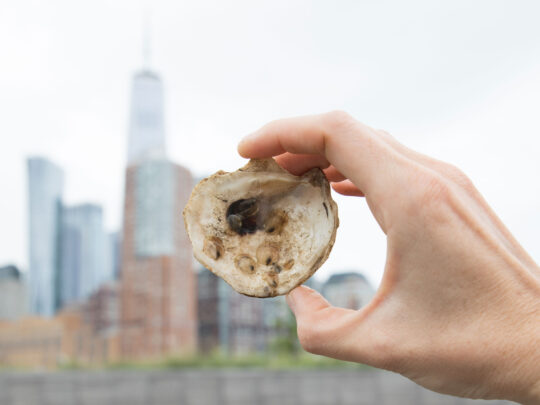
Oyster Recruitment
Dr. Matt Hare (Cornell University) is assessing oyster spat settlement in various Park locations to determine the effects of hydrology on distribution of oyster larvae and explore identification of broodstocks to better understand recent oyster enhancement effects.

Toadfish Acoustics
Tom Quigley (Brooklyn College) continues the work of Kelsey Hom & the Forlano lab by investigating the neurological processes behind oyster toadfish vocalizations through a combination of underwater hydrophone recordings and examination of fish brain chemistry.
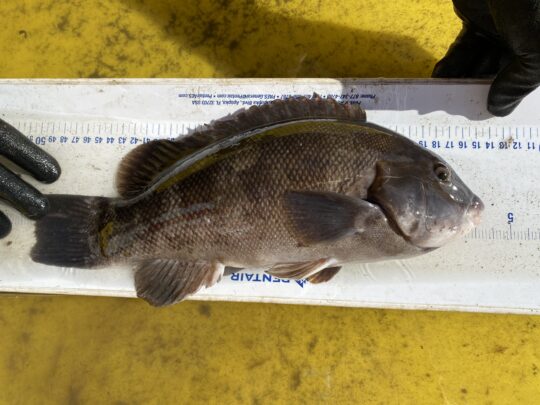
Fish Population Analysis
Drs. Yong Chen & Hsiao-Yun Chang (Stony Brook University) are conducting analysis on the Hudson River Biological Monitoring Program long-term data set and bringing their expertise in fisheries assessment to interpreting the Park’s Fish Ecology Survey. The Park and the Chen Lab are also exploring videographic surveillance of fishes at the new Gansevoort Peninsula Habitat Enhancement site.
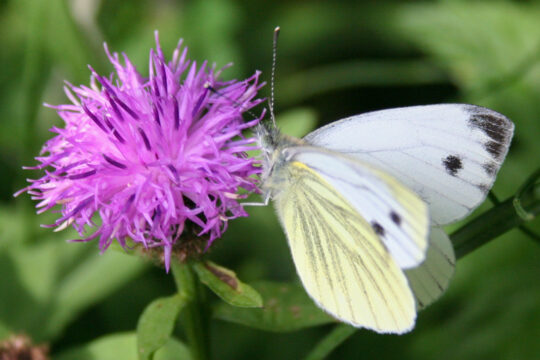
Pollinator Survey
Hope Kenmore (Oxford University) is conducting a pilot study to identify common pollinating insects within the Park, predominantly focusing on lepidopterans (butterflies/moths) and hymenopterans (bees & wasps). This master’s project will further understanding of Park insect biodiversity and compare planting areas that differ in plant species and age.
FEATURED FINDINGS
- Allison Fitzgerald, New Jersey City University, Invertebrate Colonization of Pier Pilings in the Hudson River
- Allison Fitzgerald, New Jersey City University, Identification of Epibenthic Colonizing Organisms Near Proposed Oyster Restoration Site
- Jennifer Zhu & Stephen Gosnell, Baruch College, Ribbed Mussels Continue to Feed and Biodeposit in the Presence of Injured Conspecifics and Predators
- Ray Grizzle and Krystin Ward, University of New Hampshire; James Lodge, Hudson River Foundation, Bottom Type and Benthic Community Analysis for Hudson River Park
- The Nature Conservancy & Billion Oyster Project, New York City Oyster Monitoring Report
